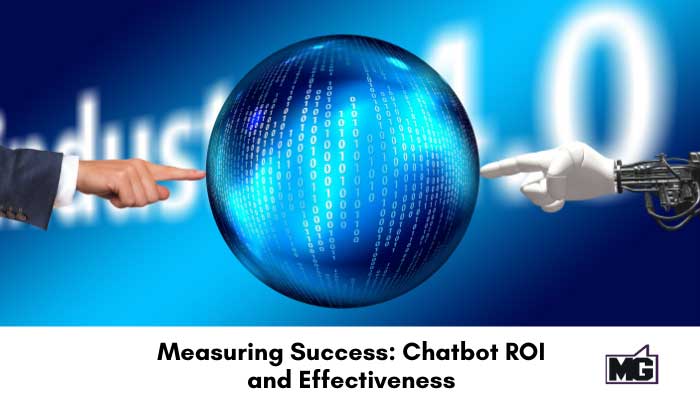
The use of chatbots in businesses is growing tremendously. In fact, studies are showing that it will be a $1.3 billion market by 2024, while 37% of top tech founders believe website chatbots and virtual agents for sales campaigns and support help will remain the top two consumer applications in Artificial Intelligence for the foreseeable future.
These are encouraging stats, that reiterate the importance of chatbots for business as a tool for sales and support in the modern age. They are also the ultimate reminder that you need to recognize business trends, what consumers like to engage with, and that your business may need to be looking at whether chatbots use should be considered if you haven’t done so already.
Analytics and Measurement Key to Success
Though chatbots have a large upside, these intelligent bots used in messaging and website chats can present marketers with a couple of problems. One example is simply the metrics to evaluate it.
Determining the effectiveness of a chatbot campaign can be a significant challenge. So, how can you know if your chatbots are working effectively? Both security and user experience issues can linger, which means even the most promising chatbot implementation can fail.
Another critical issue is scope. Chatbots are designed to accomplish a specific set of goals. These include answering user queries, resolving complaints, and directing users to more detailed information. Hidden bottlenecks, whether in the bots themselves or deep-seated within the business, can compromise these functions. Before you know it, customers are reaching out to your support desk with questions the bot should handle.
Assessing your chatbots’ effectiveness, tracking customer satisfaction, and measuring chatbot ROI against your key performance indicators (KPIs) can help improve individual bots and the marketing campaign for greater business rewards.
Chatbot Metrics and KPIs: What to Measure
Different organizations have different priorities. However, every marketer/brand should be measuring the following seven chatbot metrics;
1. Chatbot activity volume
This refers to the total number of people using your chatbots. The purpose of measuring your chatbot’s activity volume (also known as chatbot interaction volume) is to determine whether users are aware of your bots.
2. Retention rate
Retention rate is the proportion of repeat users in comparison to total users, i.e., the people who’ve used your chatbots more than once. A high retention rate is evidence of the chatbot’s relevance and a high acceptance level among the users.
3. Conversation length
Chatbot conversation length is the average length of the interaction between users and the chatbot. It’s measured in seconds and can help you assess whether users are comfortable with the chatbot.
4. Engagement rate
The engagement rate is another metric that can tell you how valuable your chatbots are to your users. And help you determine chatbot ROI. However, instead of time, it’s measured by the depth of interactions. How far into the topic do the discussions go?
5. Goal completion rate
The goal completion rate is the frequency at which the chatbot delivers on its purpose. If it’s designed to answer FAQs, how often do users leave satisfied? If it’s to help users fill a specific form, how often do users satisfactorily fill the form?
6. Bounce rate
The bounce rate is the opposite of the goal completion rate. Expressed as a percentage, it tells you the frequency at which your chatbots fail to deliver on their mandate. The goal is to have a low bounce rate and a high goal completion rate.
7. Satisfaction score
The satisfaction score evaluates total user satisfaction at the end of the bot engagement. It’s important to ask customers whether they are satisfied with the experience using yes/no choices. You could even ask them to rate the experience on a scale of 1-5 or 1-10.
Take Steps to Improve Today
It’s a good idea to measure the effectiveness and chatbot ROI. The great news is that you don’t need any special skills to begin tracking and measuring these metrics. However, you can use innovative tools such as Bot Analytics, Dash Bot, Bot Metrics, and Manner to perform deeper chatbot analysis. Many of these tools also provide detailed reports at your request. Get started on tracking your metrics and optimize your chatbots for success today!
Looking for help? Tired and believing there has got to be a better way?
Let’s talk about your business. With over a decade of experience leading companies and transforming lives, and a Master’s degree in Org. Development and Leadership, Mike can help you find the best way forward!
Subscribe to receive my latest business tips and tactics in your inbox.
The post Measuring Success: Chatbot ROI and Effectiveness appeared first on Mike Gingerich.
Read more: mikegingerich.com










